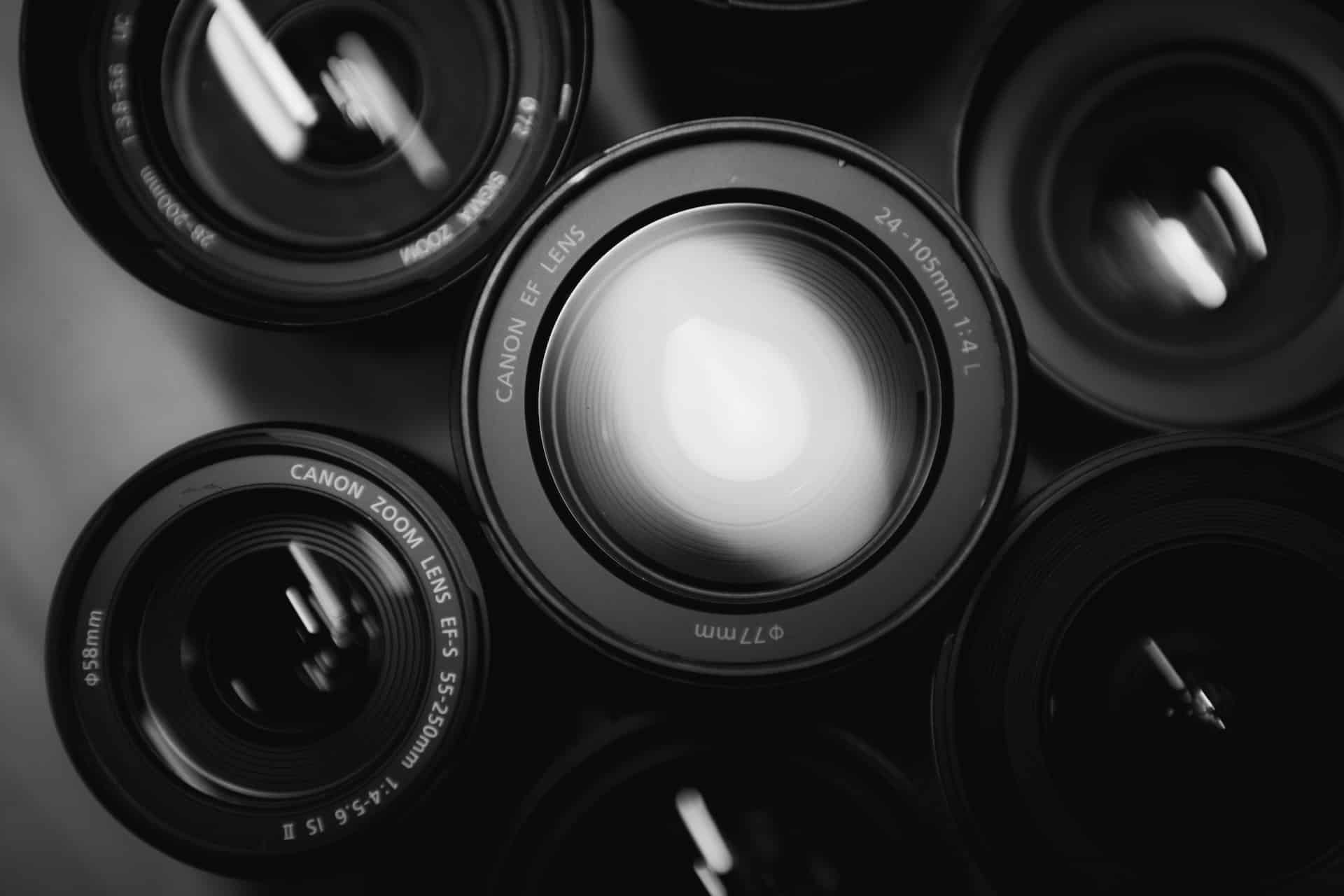Deciphering the High Costs of Canon L Lenses: An Expert’s Guide
Photography, an artful blend of creativity and technology, is as much about the tools you use as it is about your vision.
A critical tool in a photographer’s kit is the camera lens, the ‘eye’ of the camera. Among the plethora of lenses available, Canon’s L series lenses are renowned for their quality and, notably, their price.
In this post, we’ll explore the reasons behind the high costs of Canon L lenses.
Related: 10 Best Canon Lenses for Landscapes
Understanding Camera Lenses: How Light Transforms into an Image
A camera lens is a critical component in photography, acting as the ‘eye’ of the camera. It plays a pivotal role in how light is captured and transmitted to the image sensor, ultimately creating the image we see. Let’s delve into this fascinating process.

The Basics: What is a Camera Lens?
A camera lens is a complex assembly of several lens elements, each precisely shaped and arranged to collect and focus light onto the camera’s sensor. These lens elements can be moved closer or further apart to change the focus of the image.
How Does a Camera Lens Work?
The principle behind a camera lens is similar to our human eye. When you take a photograph, light from the scene passes through the lens, just like light entering the human eye passes through the cornea.
Step 1: Gathering Light
The journey of creating an image begins when light from a scene enters the camera lens. The front element of the lens, typically the largest and most curved, gathers this light. This element’s curvature and size determine how much of the scene (the field of view) can be captured and how much light can be collected.
Step 2: Focusing Light
As light rays pass through each lens element, they are bent (refracted). This refraction process focuses the light rays onto a single point on the camera’s image sensor. Adjusting the distance between these elements changes where these light rays converge, allowing for focusing on subjects at different distances.
Step 3: Capturing the Image
Once the light rays have been focused onto the image sensor, each individual light ray hits a specific pixel. The sensor then measures the intensity and color of this light. This data is translated into digital information, creating the final image.
Aperture and Depth of Field
Within the lens, there’s a diaphragm that can open and close to adjust the amount of light reaching the sensor, known as the aperture. A wider aperture lets in more light but also reduces the depth of field (the range within the image that appears sharp), creating a blurred background effect often sought after in portrait photography. Conversely, a smaller aperture lets in less light but increases the depth of field, keeping more of the scene in focus.
Unpacking Canon L Lenses
Recognizable by their distinctive red ring, Canon’s L lenses are celebrated for their exceptional build quality, unparalleled optical performance, and advanced features.
Build Quality and Materials
Canon L lenses’ high cost can be attributed to their superior construction. They’re built using high-grade materials, including ultra-low dispersion glass elements and fluorite, to reduce chromatic aberration and enhance image sharpness. These lenses also feature waterproofing and dust sealing, making them resilient in various weather conditions.
Optical Performance
In terms of optical performance, Canon L lenses are second to none. They’re equipped with Image Stabilization (IS) and Ultrasonic Autofocus (USM), ensuring sharp, clear images even in challenging shooting situations.
MSRP Prices of Canon L Lenses
To give you an idea of the cost, here are the MSRP prices for seven different Canon L lens models as of October 2023:
- Canon EF 24-70mm f/2.8L II USM: $1,899
- Canon EF 70-200mm f/2.8L IS III USM: $2,099
- Canon EF 16-35mm f/2.8L III USM: $2,199
- Canon EF 100-400mm f/4.5-5.6L IS II USM: $2,399
- Canon EF 85mm f/1.4L IS USM: $1,599
- Canon EF 24-105mm f/4L IS II USM: $1,099
- Canon EF 50mm f/1.2L USM: $1,399
Research and Development
Canon invests heavily in research and development, continuously innovating to enhance their products. This investment is another factor contributing to the L series’ high costs.
Brand Value and Market Reputation
Canon’s reputation for quality and reliability translates into high brand value, reflected in its premium product pricing.
Production Costs
The production process for Canon L lenses involves rigorous quality control procedures. Each lens is thoroughly tested and calibrated to meet Canon’s stringent standards, adding to the overall cost.
The Benefits of Investing in Canon L Lenses
Despite their price tag, Canon L lenses are an excellent investment for serious photographers. They offer superior image quality, robust construction, and advanced features that significantly elevate your photography.
Tips for Purchasing Canon L Lenses
If the price of a new Canon L lens seems steep, consider buying a used one. Many photographers maintain their equipment meticulously, so you can often find used lenses in excellent condition at a fraction of the cost.
Alternatively, keep an eye out for sales or discounts, which can make these premium lenses more affordable.
In conclusion, while Canon L lenses command high prices, they offer unmatched quality and performance, making them a worthy investment for those committed to their craft. With innovative shopping strategies, these lenses can be within reach, ready to enhance your photographic journey.
Liya Kravchenkin is an experienced portrait photographer. She has worked with clients worldwide and has even traveled to more than 50 countries. Liya loves photography because it allows her to capture a moment that can never be repeated. Liya also enjoys traveling, learning about new cultures, and seeing the world’s unique natural wonders. Her favorite travel memories are from swimming with dolphins in the Galapagos and eating cheesecake in New York City.

